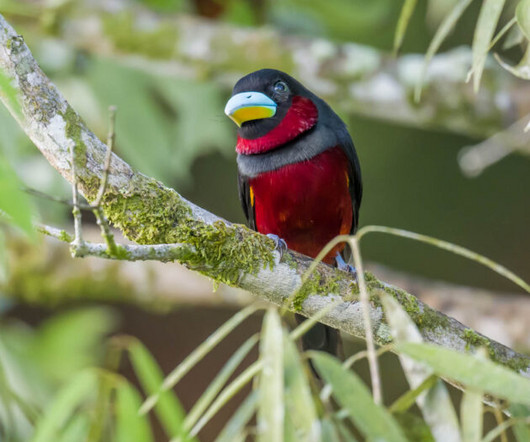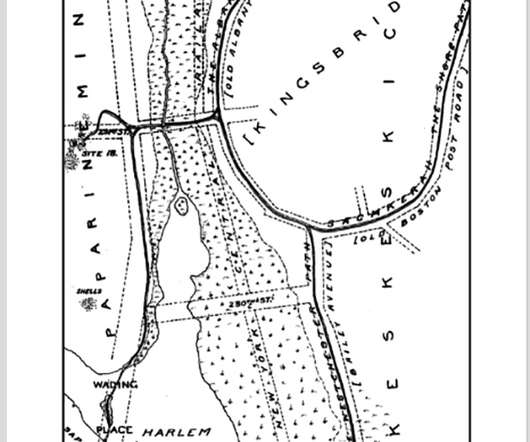Birding Sepilok, Borneo (Part 2)
10,000 Birds
NOVEMBER 13, 2023
The drongo perches above the flock, snatching insects that they disturb, and keeping an eye out for predators that might go unnoticed by its hunting flock-mates. The associated bird species seek out drongos, apparently relying upon them heavily for protection. It is also classified as Near Threatened.












Let's personalize your content